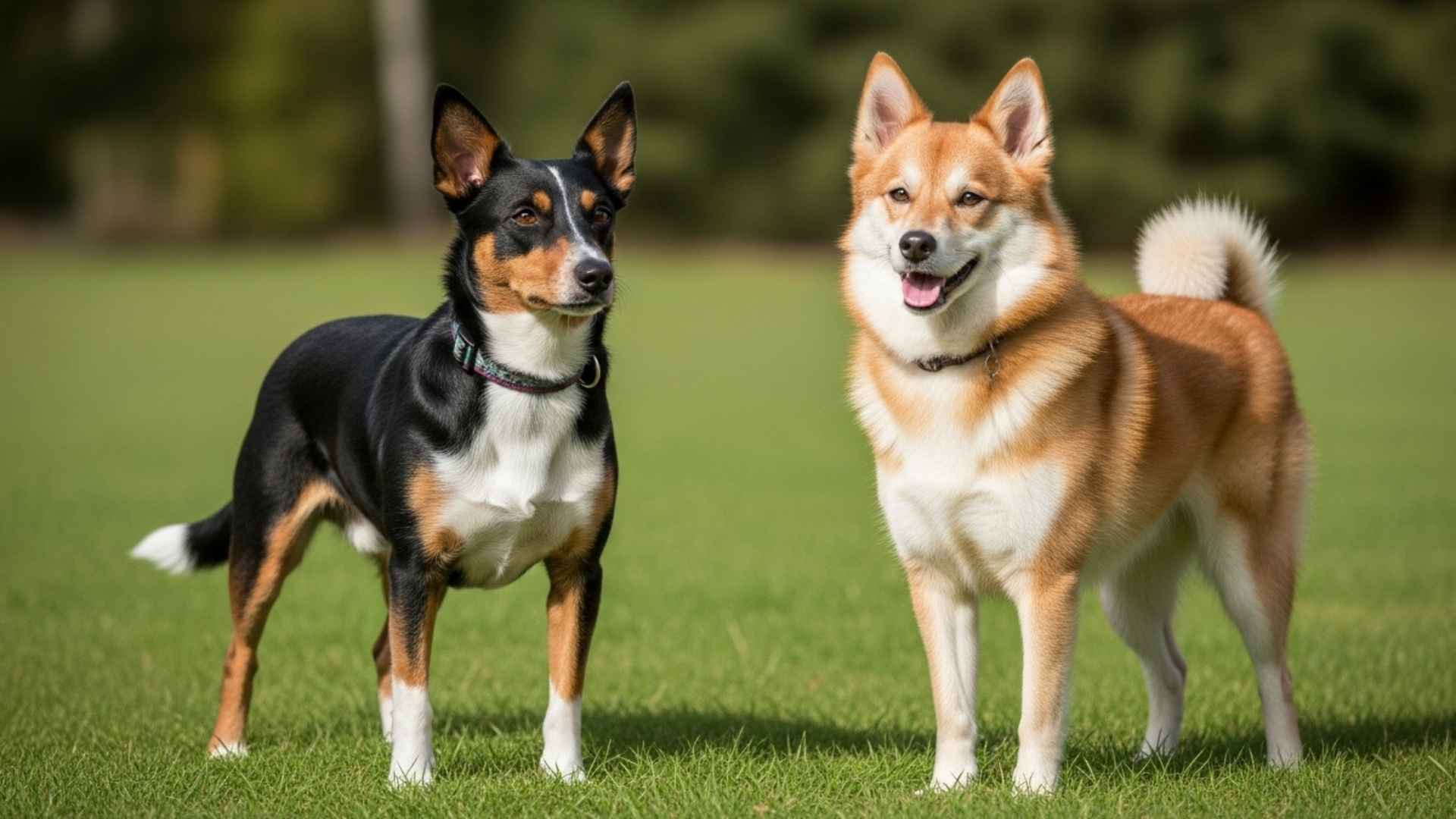Every year, millions of dogs are registered, yet a surprising number belong to breeds most people have never heard of.
Some are so rare that shelters barely record their presence, while other breeds quietly fade from popularity lists despite rich histories. The modern pet world celebrates cuteness and convenience, often leaving behind dogs that demand patience or purpose.
Popularity shifts like fashion, and as one breed trends, another vanishes into obscurity.
The reasons are rarely simple. They mix temperament, training, and the expectations humans place on them. A breed that once thrived as a working partner may now seem too demanding for urban life. Another that once-guarded estates may be seen as unapproachable.
Yet each carries qualities that tell stories about who we were and who we’ve become.
This article takes a closer look at those left behind and the reasons their names seldom rise again.
Key Takeaways
Every dog has a story, but some were written for different times and tougher worlds than ours today.
From the six-toed Norwegian Lundehund to the tireless Pyrenean Shepherd, each carries instincts that once meant survival but now seem too demanding.
The Finnish Spitz fills silence with song, while the Cesky Terrier watches the world with quiet caution few understand.
These are the breeds that time left behind, yet their spirit still speaks volumes for those who listen.
Most Unpopular Dog Breeds For Good Reasons
1. Norwegian Lundehund

The Norwegian Lundehund is a master of flexibility, known for its six-toed feet, stretchable neck, and foldable ears. It can twist, climb, and crawl into tight spots with the precision of an acrobat.
These traits once helped it hunt puffins on cliffs, but in modern homes, that agility can turn into restlessness or mischief.
Built Differently, Behaves Differently
Its unusual anatomy also comes with quirks that many owners find hard to manage. The breed has specific digestive sensitivities and a strong, independent streak that resists strict routines, as PetMD writes. It’s easy to see how its rare build affects both its health and temperament in ways few expect.

A Personality That Tests Patience
This small Spitz-type dog is curious and alert but easily overwhelmed by strangers or new environments. Its suspicious nature can make socialization tricky, especially when introduced late. Without gradual exposure, it tends to retreat or bark excessively as a coping response.
Reserved, Rare, and Often Misunderstood
Even in its homeland, the Lundehund is among the rarest dogs, partly due to the breed’s fragile health and unpredictable behavior patterns. It forms strong bonds but prefers minimal interference once settled. These traits, while fascinating, often leave families realizing it’s better admired from afar.
🎧 Dogcast
Episode 12 — If Dogs Could Talk: Why Do Humans Go to the Gym When the Park Exists
If you don’t hear sound, tap the button above to enable audio.
2. Lancashire Heeler

The Lancashire Heeler is a pocket-sized powerhouse known for its surprising drive and quick reflexes. It was once prized for herding cattle and catching rats, a mix that bred both sharp intelligence and stubborn independence.
Though cheerful at home, this alert nature can easily turn into restlessness when not kept busy.
A Handful to Manage
Their curiosity keeps them moving, sometimes in directions you’d rather they didn’t go. This high energy, paired with a strong will, makes them challenging for owners expecting an easy companion. You’ll notice this the most when they decide what’s “best” for themselves.

Bright but Opinionated
Heelers learn fast but question every command. Their clever minds need as much patience as their bodies need activity. Without it, they invent their own entertainment, often in ways that test the limits of a quiet household. This blend of charm and defiance is what lands them on the unpopular list.
Fading Into Rarity
As per the AKC, their numbers dropped so low in the early 2000s that the Kennel Club placed them on the Endangered Breeds list. The limited gene pool led to concerns about inherited health issues, further discouraging new breeders.
Still, their loyal nature keeps a few devoted fans preserving this spirited little dog’s legacy.
3. Belgian Laekenois
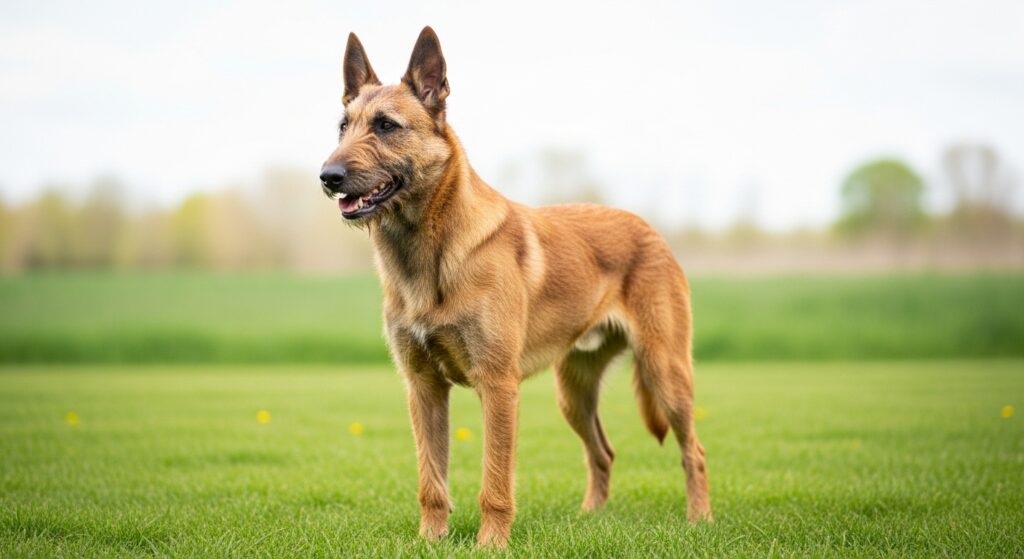
With its rough, tousled coat and intense eyes, the Belgian Laekenois carries a rustic charm that often gets overlooked. It’s the least known of the four Belgian herding breeds, partly because it never became as popular as a guard dog or for police or military work.
Energetic, Sharp, and Intensely Focused
The Laekenois is smart and spirited, but its alertness can turn into restlessness when confined. This makes it a challenge for people who expect an easygoing companion. It needs direction and purpose to stay balanced, or it can become too watchful for comfort.

Protective to the Core
Its loyalty runs deep, making it fiercely protective of its home and people. While this makes it dependable, it can also make guests uncomfortable. The breed’s cautious temperament and sharp instincts often lead families to choose easier dogs over this misunderstood herder.
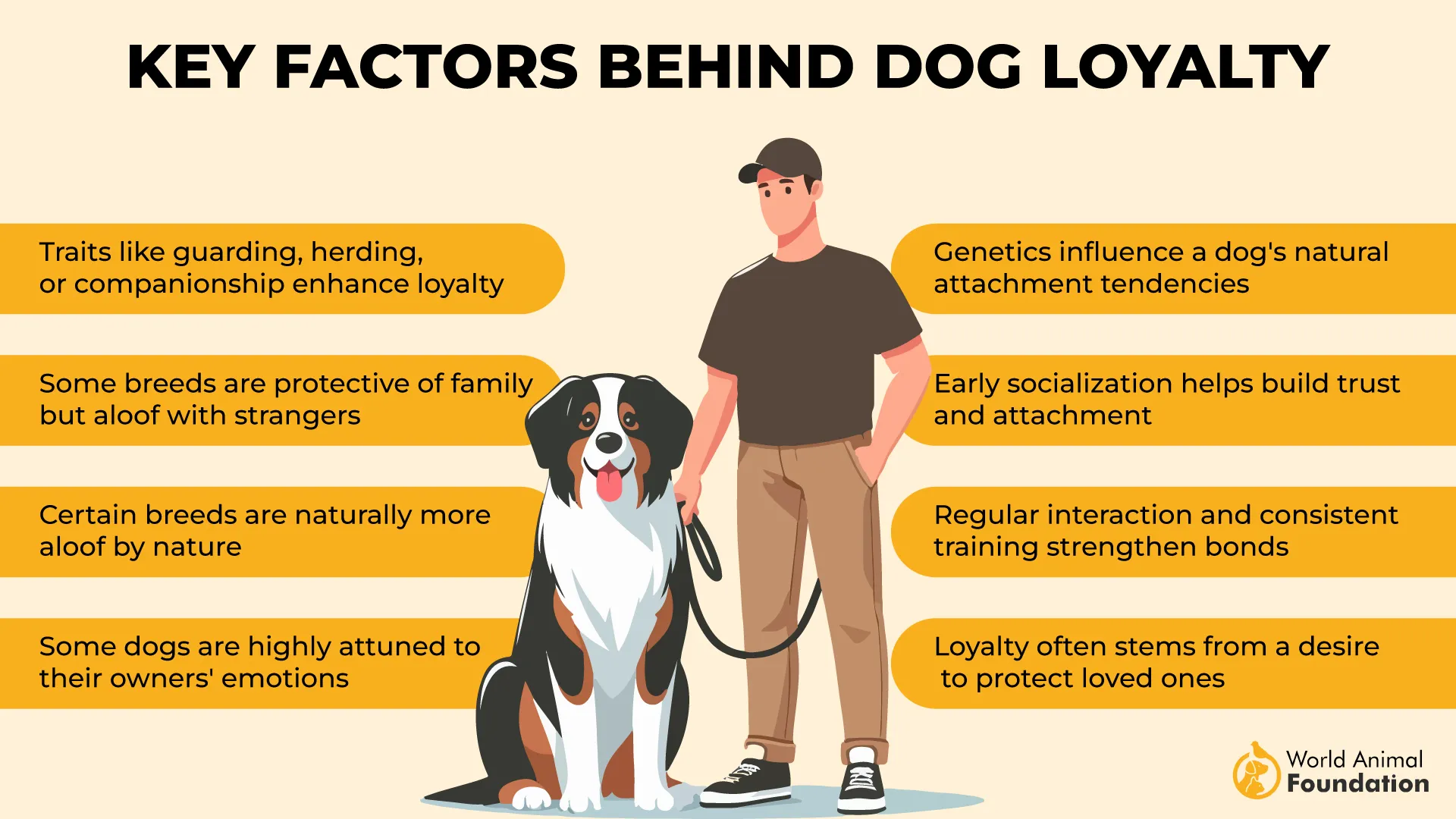
Grooming That Tests Patience
Its coarse coat may look low-maintenance, but it requires careful brushing to avoid matting. Without consistent care, the texture quickly loses its protective quality. Combine that with its constant need for stimulation, and this hardworking dog remains one of Belgium’s least adopted treasures.
4. Pyrenean Shepherd
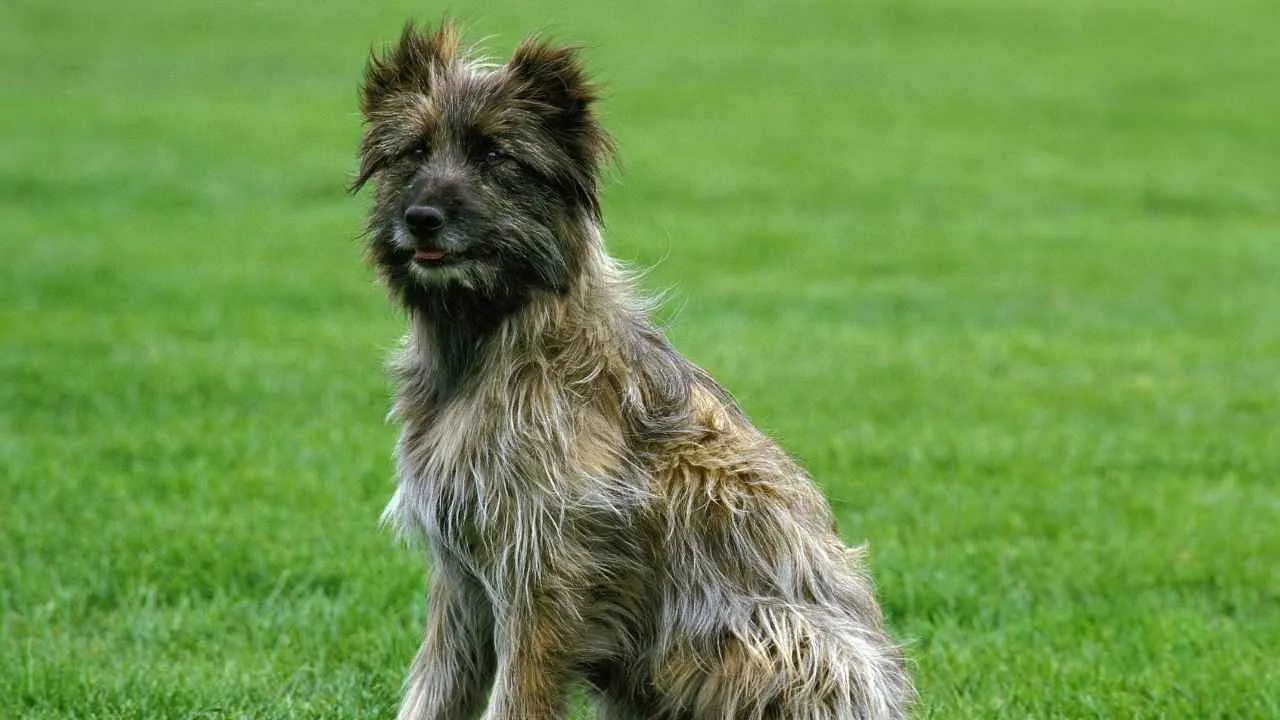
The Pyrenean Shepherd may be small, but its energy seems endless. These dogs have sharp minds and quick reflexes that once made them unbeatable herders. Yet in family homes, that same boundless drive can be overwhelming, as they constantly look for something to chase, herd, or outsmart.
Too Clever for Comfort
They’re whip-smart and restless, which can test the patience of most owners. Their constant need for tasks and stimulation often leads to frustration if left idle. These traits, though admirable in herding fields, make daily life with them a challenge for the average household.
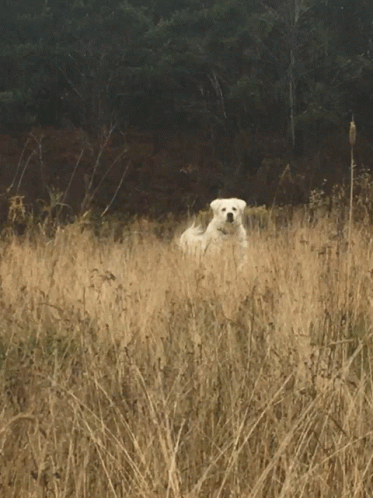
Unpopular for Practical Reasons
Most people want calm companions, not tireless workers with a mischievous streak. The Pyrenean Shepherd’s intensity doesn’t switch off easily, and without consistent guidance, it can turn into stubborn or erratic behavior. Their loyalty runs deep, but their independence often wins.
Built for Work, Not Stillness
Their lean frame, expressive eyes, and windswept coats tell a story of endurance. They were made to move, react, and make decisions on their own. When confined to suburban life without a job to do, they become restless, which explains why they remain among the least chosen breeds today.
5. Finnish Spitz

The Finnish Spitz stands out for its bright red-gold coat and spirited personality that lights up any space. However, this enthusiasm often becomes the very reason people hesitate to own one.
Known for its sharp awareness and quick reactions, this breed treats every moving leaf as an event worth announcing.
Endless Voice, Limited Peace
They alert, narrate, and sometimes hold entire “conversations” with the world around them. Finland even holds contests to crown a “King Barker,” proving their talent isn’t exaggerated, as highlighted by WebMD. It’s charming to enthusiasts but challenging for quiet neighborhoods.
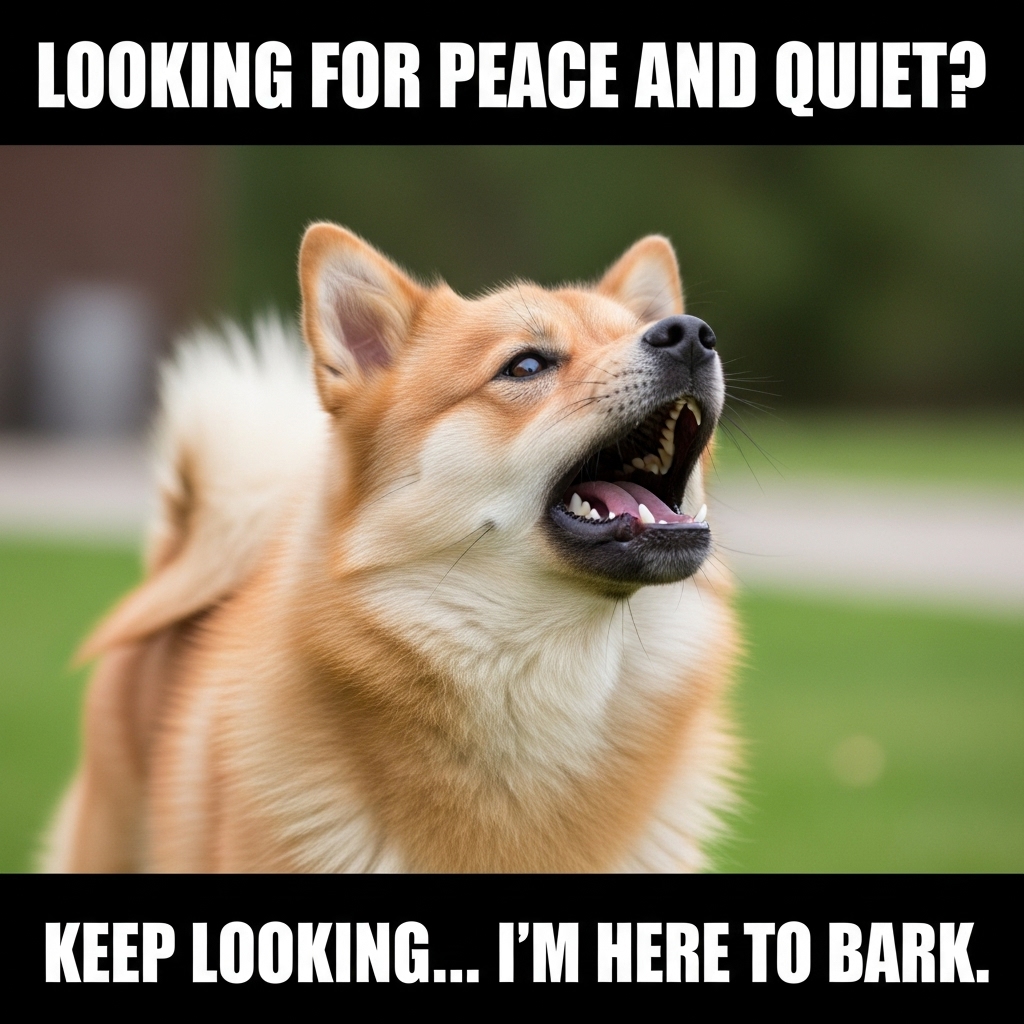
Smart but Strong-Willed
They’re intelligent, but that intelligence comes with an independent streak. Training a Finnish Spitz means patience and consistency, as they prefer doing things on their own terms.
Their sensitive nature can make harsh correction counterproductive, turning their stubbornness into defiance instead of progress.
Active Mind, Busy Routine
Finkies need mental stimulation as much as exercise. Without it, they can channel their boredom into non-stop noise or mischief. Their loyalty and energy make them captivating companions for experienced owners who understand that this “barking bird dog” will never live quietly.
6. Cesky Terrier
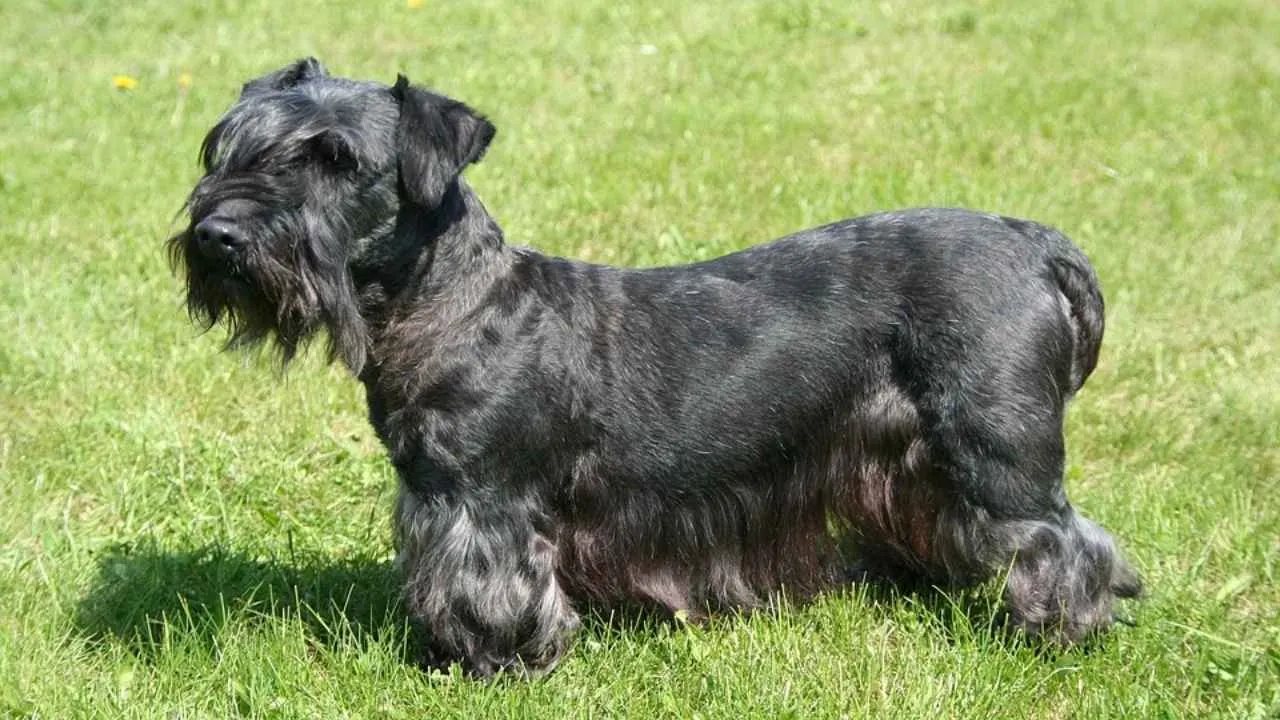
The Cesky Terrier looks every bit the gentleman of the terrier world, with its silky gray coat and tidy beard. Beneath that charm, though, lies a strong-willed hunter’s heart that can catch new owners off guard.
Their quiet alertness and cautious nature make them protective, but not everyone enjoys a dog that takes its guarding role quite so seriously.
A Rare Face in the Dog World
Cesky Terriers are incredibly scarce, even in the U.S., where only a few hundred exist. This limited population and their selective breeding make them hard to find and even harder to socialize. They can be choosy about companions and show a stubborn streak that surprises first-time owners.
Calm but Cautious
They’re quieter than most terriers, preferring calm households where routines rarely change. Loud homes or unpredictable environments can easily unsettle them. That blend of caution and sensitivity, while endearing to some, makes them less suited for families who expect easygoing energy.
Loyal Yet Selective
Those who understand their rhythms find a deeply loyal and polite canine companion. Still, their wary approach toward outsiders and instinct to keep distance from strangers contribute to why they’re admired by few and overlooked by many.
7. Grand Basset Griffon Vendeen

The Grand Basset Griffon Vendéen, often referred to as GBGV, possesses an energy that never seems to wane. Built for chasing rabbits and hares through dense terrain, this breed loves action more than relaxation.
Its enthusiasm can be charming, but it’s also one of the reasons many households find the GBGV hard to handle.
Boundless Energy and Bold Attitude
These dogs are loud, determined, and fearless when they catch a scent. Without enough outlets, that same drive can turn into endless barking or digging. They crave adventure every single day, and boredom is their biggest enemy.
Difficult to Train, Yet Lovably Stubborn
Training a GBGV requires time and consistency, as their instinct to chase can often override obedience. They tend to follow their nose rather than their handler, which can make them frustrating for first-time dog owners. Patience and positive reinforcement are non-negotiable with this breed.
A Rare Sight for a Reason
Their rustic charm and comical personality have a loyal fan base, but they remain a niche choice for families. The breed’s intense energy, noise, and stubborn streak make them more suited for experienced handlers who understand their demanding temperament.
Conclusion
Popularity has never defined a dog’s worth. Some breeds fade from attention simply because they ask for more than casual care. Many of these herding dogs and hunting dogs were built for purpose, not passivity, and their energy rarely suits modern homes.
The American Kennel Club lists dozens of popular dog breeds that thrive as easy-going, excellent family pets, but the ones left behind still hold unmatched character.
Whether an ancient breed guarding livestock or an athletic dog bred for endurance, each carries traits shaped by history. They may not fit easily as house pets or the average companion dog, yet their devotion remains genuine for those willing to understand them.
Some other dog breeds that lie in the curtains may include Bedlington Terrier, Spanish Water Dog, Skye Terrier, Irish Water Spaniel, Canaan Dog, Miniature Bull Terrier, Welsh Springer Spaniel, American Eskimo Dog, Sussex Spaniel, Curly Coated Retriever, German Pinscher, and Polish Lowland Sheepdog.
Others like Plott Hound, American Foxhound, Pharaoh Hound, Dandie Dinmont Terrier, Belgian Sheepdogs, Imaal Terrier, Tibetan Mastiff, Irish Setter, Irish Red, Sealyham Terrier, Hungarian Sheepdog, and Ibizan Hound are difficult to train.


